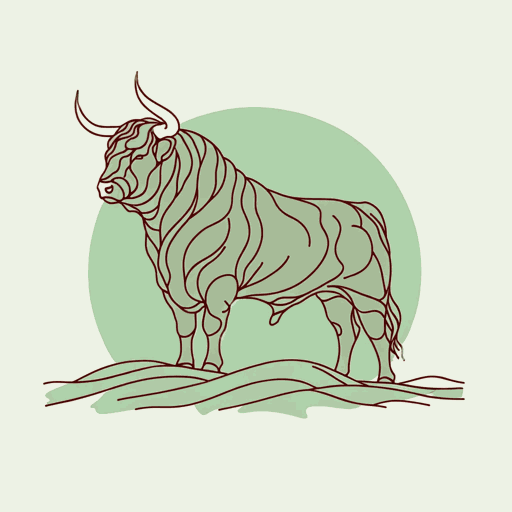67 pages • 2 hours read
Transl. Thomas KinsellaThe Tain
Fiction | Novel | Adult | Published in 2002A modern alternative to SparkNotes and CliffsNotes, SuperSummary offers high-quality Study Guides with detailed chapter summaries and analysis of major themes, characters, and more.
Symbols & Motifs
The Bulls
The symbolism of the bulls is multifold. The two bulls, Finnbennach the White-Horned and Donn Cuailnge the Brown, are primarily symbols of virility and masculinity in The Táin. The Brown Bull is often described as being accompanied by his 50 heifers, indicative of his fertility and virility, and the White Bull, “refusing to be led by a woman, had gone over to the king’s herd” (55) as a demonstration of his masculinity. They are both larger than life and come from mystical origin. Having once been two shapeshifting pig-keepers whose friendship devolved into a drawn-out dispute, they eventually settled in the form of bulls on opposite sides of Ireland.
As such, each bull also represents the two regions of Ireland at war in the epic, Finnbennach being from Ai Plain in Connacht, and the Brown Bull being from Cuailnge (modern-day Cooley). They are essentially proxying for the two armies, and each is a powerful beast that is equally matched in strength and virility, but the bull (and armies) from Ulster eventually gets the upper hand. The bulls are also a basic symbol of wealth and strength, as the epic at the heart of the Ulster cycle is fought over a cattle raid to recover an ancient community’s livestock.

